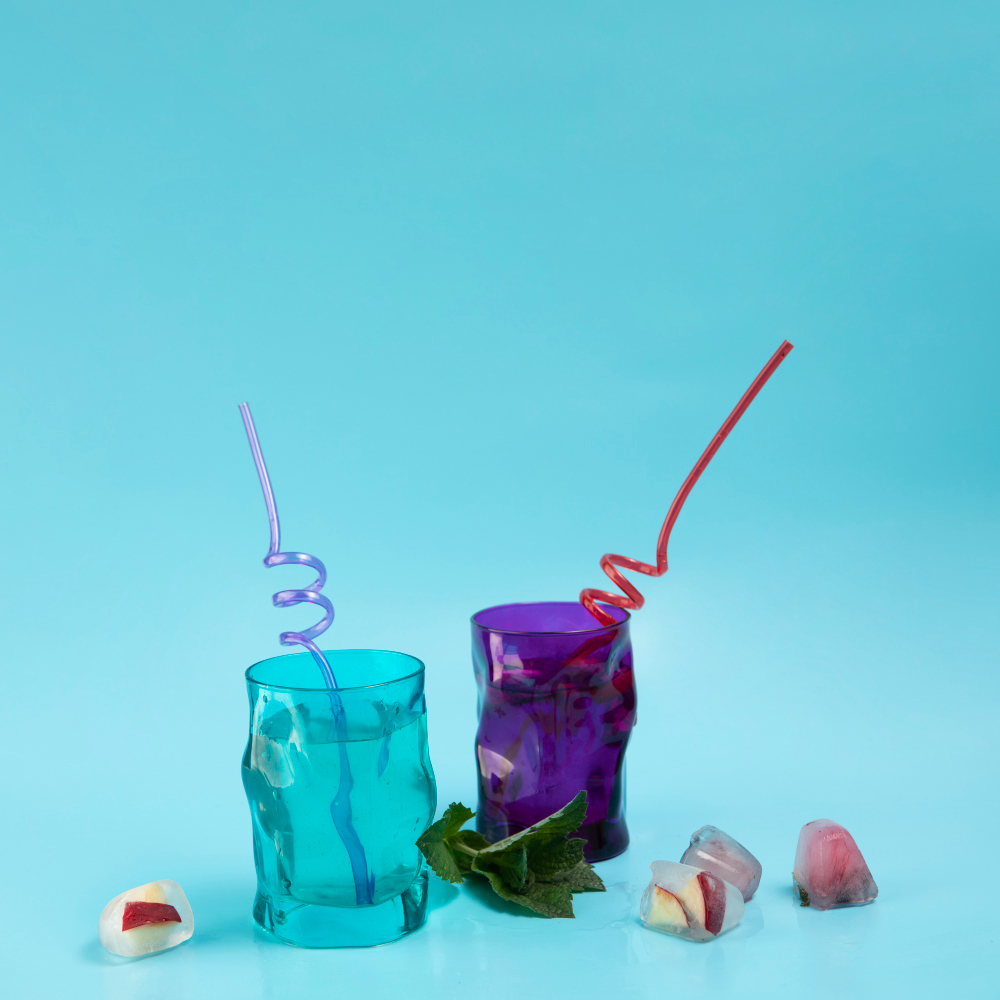Building the Future of Logistics Hubs Through Technology and Innovation

Logistics hubs are the lifeblood of global trade and supply chain operations. As e-commerce continues to grow, the demand for more efficient and tech-enabled logistics hubs has skyrocketed. These massive facilities are critical for handling inventory, coordinating distribution, and managing complex logistics networks that span across regions and continents.
To meet the increasing demands of the modern supply chain, the construction of logistics hubs must embrace cutting-edge technologies. From Building Information Modeling (BIM) and AI-driven project management to smart building systems and sustainable practices, the future of logistics hub construction is being shaped by innovation. This blog explores how technology is revolutionizing the way logistics hubs are designed, built, and operated.
Logistics hubs have evolved far beyond traditional warehousing. They serve as strategic locations for consolidating goods, optimizing transportation routes, and improving overall supply chain efficiency. As supply chains become more complex, logistics hubs must be equipped to handle automated systems, real-time tracking, and just-in-time inventory management.
Key Challenges in Logistics Hub Construction:
Automation Integration: With the rise of automated sorting and robotic fulfillment systems, logistics hubs need to be designed with infrastructure that supports these technologies.
Energy Efficiency: As logistics hubs operate around the clock, reducing energy consumption is critical for both cost savings and environmental impact.
Scalability: Logistics hubs must be built with scalability in mind, allowing them to expand or reconfigure their operations as supply chain needs evolve.
Addressing these challenges requires a technology-driven approach to logistics hub construction, ensuring that these facilities remain competitive and adaptable in a rapidly changing marketplace.
BIM has become a crucial tool in logistics hub construction, enabling developers to optimize every aspect of the facility’s design, from infrastructure layout to energy consumption. Logistics hubs are complex, large-scale facilities that require careful planning and coordination across multiple systems.
Key Benefits of BIM in Logistics Hub Construction:
Comprehensive Design Collaboration: BIM allows architects, engineers, and logistics planners to collaborate on a shared model, ensuring that the design of the facility integrates seamlessly with automation systems, transportation networks, and storage solutions.
Infrastructure and Space Optimization: BIM helps optimize the layout of docks, conveyor belts, robotic systems, and storage areas, ensuring efficient movement of goods and minimizing bottlenecks.
Energy and Resource Simulation: Developers can use BIM to simulate the facility’s energy consumption, water usage, and other resource needs, allowing them to design logistics hubs that are both cost-effective and sustainable.
By using BIM, logistics hub developers can reduce construction errors, improve efficiency, and deliver high-performing facilities that are built to last.
Smart building technology is transforming logistics hubs into highly automated, data-driven facilities that optimize every aspect of operations. From real-time inventory tracking to automated energy management, smart technologies are revolutionizing how logistics hubs operate.
Smart Technologies in Logistics Hub Construction:
IoT-Enabled Inventory and Asset Tracking: Logistics hubs equipped with IoT sensors can track inventory in real time, providing accurate data on stock levels, location, and movement. These systems help warehouse managers optimize storage and improve order fulfillment processes.
Automated Material Handling Systems: Robotics and conveyor systems automate the movement of goods, reducing the need for manual labor and speeding up order processing times. Smart logistics hubs are designed with automation in mind, ensuring seamless integration of these systems.
Energy Management: Smart energy management systems monitor and control lighting, HVAC, and other energy-consuming systems based on real-time usage data. This ensures that energy is used efficiently, reducing operational costs and environmental impact.
By incorporating smart building technology during the construction phase, logistics hubs can become more efficient, flexible, and adaptable to future technological advancements.
The construction of logistics hubs is a complex and large-scale endeavor that requires the coordination of multiple contractors, systems, and schedules. AI-driven project management tools are helping developers manage these projects more effectively by optimizing resources, predicting delays, and streamlining workflows.
How AI is Transforming Logistics Hub Construction:
Predictive Scheduling: AI-powered project management tools analyze data to predict potential delays, allowing project managers to adjust schedules proactively. This ensures that logistics hubs are completed on time, even when managing complex timelines and numerous stakeholders.
Optimized Resource Allocation: AI helps allocate labor, materials, and equipment more efficiently, reducing waste and improving overall productivity. This is particularly important for large logistics hub projects that require significant resources.
Cost Monitoring: AI tools track real-time costs, helping developers monitor budgets and forecast potential overruns. This ensures that logistics hub construction stays within budget while maintaining high standards of quality.
AI-driven project management is enabling logistics hub developers to reduce construction timelines, minimize risks, and improve overall project outcomes.
Sustainability is a major consideration in the construction of modern logistics hubs. As these facilities often cover large areas and operate 24/7, incorporating energy-efficient designs and eco-friendly practices is critical for reducing their environmental impact.
Sustainable Practices in Logistics Hub Construction:
Energy-Efficient Systems: Logistics hubs are increasingly incorporating renewable energy sources, such as solar panels and wind turbines, to power their operations. Smart lighting and HVAC systems are also used to optimize energy consumption.
Green Building Materials: The use of recycled steel, sustainable concrete, and low-VOC materials helps reduce the environmental footprint of logistics hub construction. These materials also improve the long-term sustainability of the facility.
Water Conservation: Logistics hubs are adopting water-saving technologies, such as rainwater harvesting and greywater recycling, to reduce water consumption and support eco-friendly operations.
By adopting sustainable construction practices, logistics hubs can reduce their operating costs, minimize their carbon footprint, and align with environmental regulations.
As logistics hubs become more technologically advanced and environmentally sustainable, platforms like AiDOOS are playing a key role in helping developers access the expertise and tools they need to build cutting-edge facilities.
How AiDOOS Supports Logistics Hub Construction:
On-Demand Expertise: AiDOOS connects developers with experts in BIM, smart building systems, AI-driven project management, and sustainability, ensuring that logistics hub projects benefit from the latest technologies.
Seamless Collaboration: The platform facilitates collaboration between architects, engineers, and construction teams, ensuring that logistics hubs are built efficiently and on time.
Sustainability Consulting: AiDOOS provides access to sustainability consultants who help developers incorporate green building materials, energy-efficient systems, and water-saving technologies into their logistics hubs, ensuring compliance with environmental standards like LEED.
With platforms like AiDOOS, logistics hub developers can leverage the latest innovations to create facilities that are efficient, scalable, and environmentally responsible.
The construction of logistics hubs is being transformed by technology. From BIM and smart building systems to AI-driven project management and sustainable construction practices, logistics hubs are becoming more efficient, scalable, and adaptable to the demands of modern supply chains.
As the global economy continues to evolve and the demand for faster, more reliable logistics services grows, logistics hub developers must embrace these technologies to stay ahead of the curve. By leveraging cutting-edge construction technologies, developers can build logistics hubs that not only meet today’s supply chain needs but are also prepared for the challenges of tomorrow.

By redesigning packaging, exploring reusable models, investing in smart tracking, and leveraging the VDC model for execution, beverage manufacturers can reduce their environmental footprint while boosting their brand relevance and operational resilience.

Even the most capable in-house IT teams often fall short when it comes to minimizing downtime. While Managed Services solve much of the downtime problem, the VDC model supercharges it with flexibility, scalability, and domain-specific expertise.